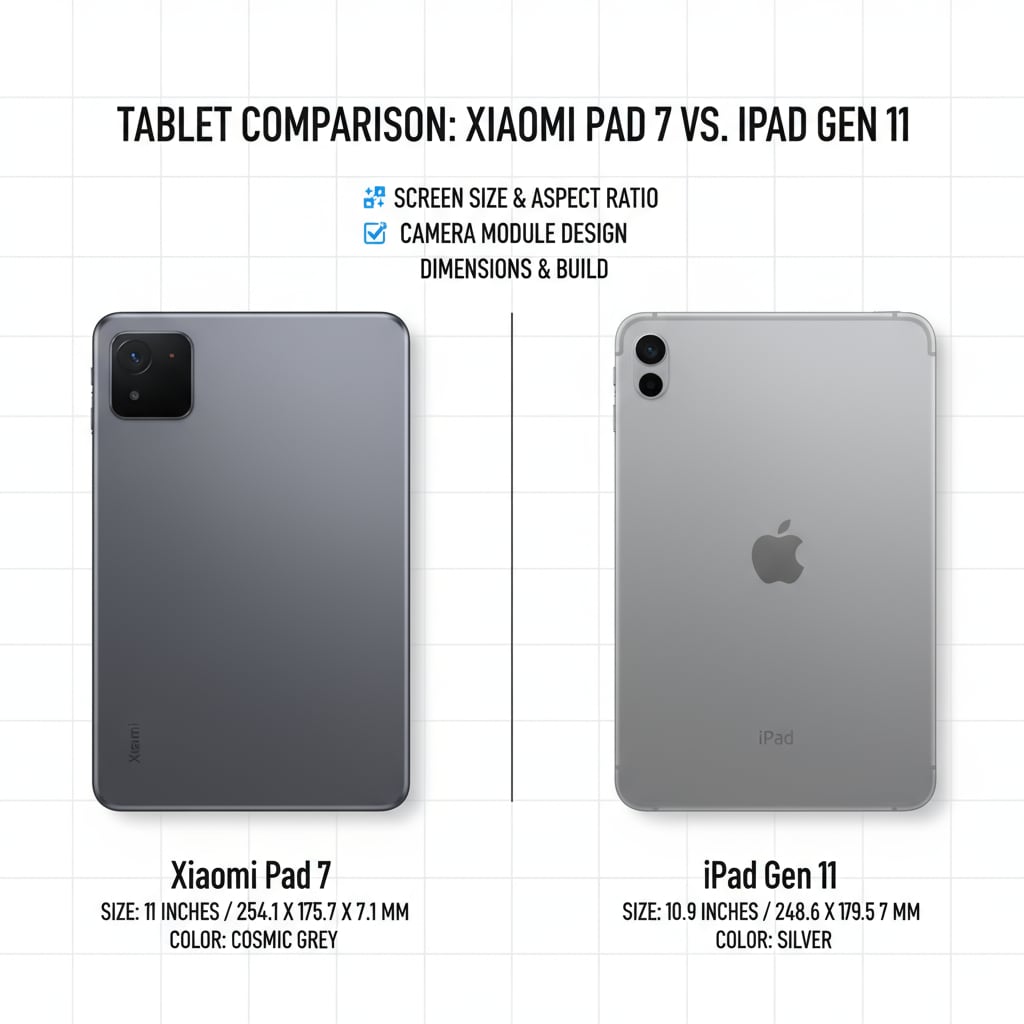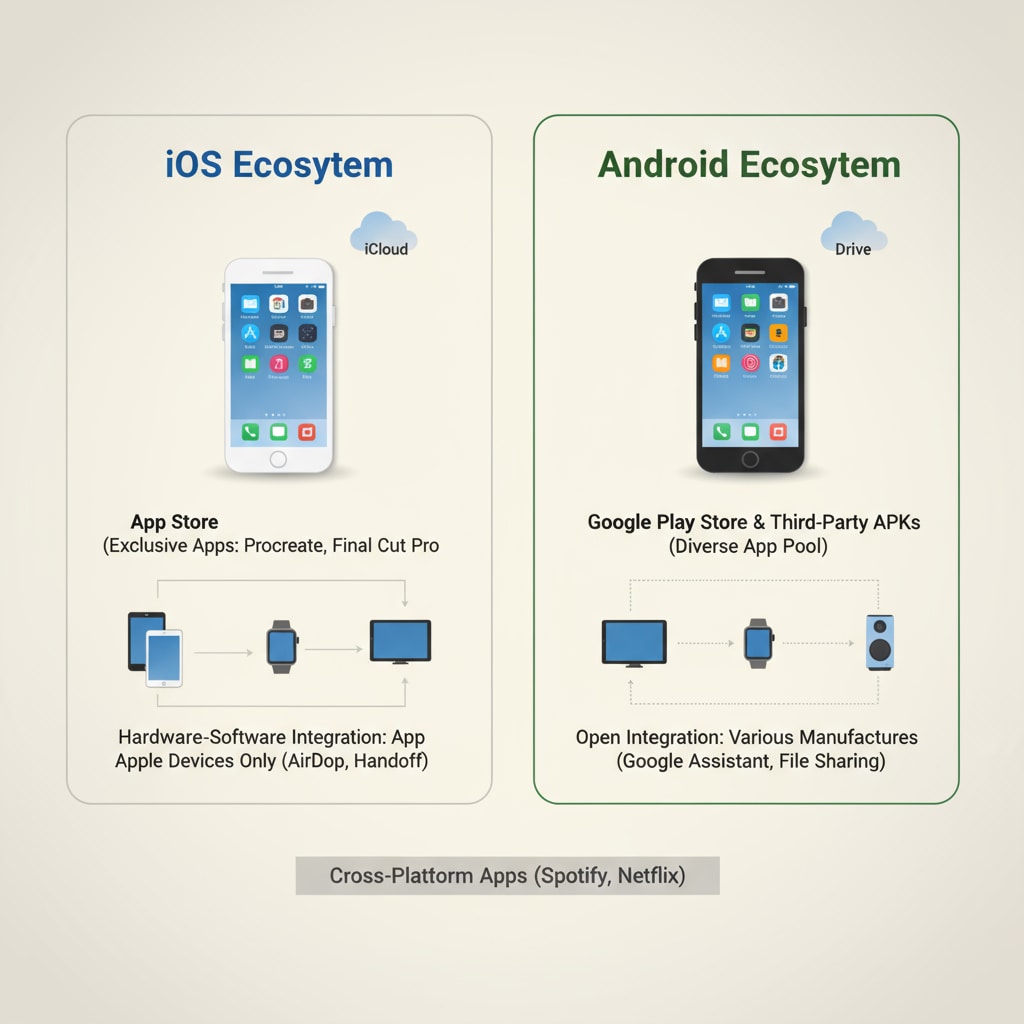For a 16-year-old student, the process of tablet selection for learning needs while also considering entertainment is a significant decision. The choice between the Xiaomi Pad 7 and iPad Gen 11 involves careful evaluation of multiple factors. Let’s take a closer look at these two devices to see which one might be the better fit.

Learning Efficiency
When it comes to learning, both tablets offer features that can boost efficiency. The iPad Gen 11 has a vast library of educational apps. For example, apps like Notability and GoodNotes are extremely popular among students for note-taking. These apps allow for easy organization of notes, annotation of textbooks, and seamless integration with cloud storage like iCloud. This ensures that students can access their study materials from anywhere. Apple’s official education resources also provide curated content and tools to enhance the learning experience.
On the other hand, Xiaomi Pad 7 comes with its own set of educational features. It has a user-friendly interface that is easy to navigate, which is great for students. Additionally, it supports a variety of productivity apps from the Google Play Store. Tools like Google Docs and Sheets can be used for collaborative projects, allowing students to work together with their classmates in real-time.
Software Ecosystem
The software ecosystem is a crucial factor in tablet selection. The iPad Gen 11 benefits from the closed iOS ecosystem. This means that apps are carefully curated by Apple, ensuring high quality and security. The integration between different Apple devices, such as iPhones and Macs, is seamless. For instance, a student can start working on an assignment on their iPad and easily pick up where they left off on their Mac. This continuity is a huge advantage for those who are part of the Apple ecosystem. Apple’s app ecosystem support

In contrast, Xiaomi Pad 7 runs on Android. The Android ecosystem offers a wider range of apps, including many free and open-source options. This gives students more flexibility in terms of the software they can install. However, the open nature of the Android ecosystem also means that there might be a higher risk of encountering low-quality or malicious apps. But with proper precautions, such as downloading apps from the official Google Play Store, this risk can be minimized.
When considering performance, the iPad Gen 11 is powered by a robust processor that can handle multitasking and resource-intensive apps with ease. Whether it’s running multiple educational apps simultaneously or editing high-resolution photos for a project, the iPad Gen 11 can keep up. Its graphics processing capabilities also make it suitable for tasks like 3D modeling in some advanced courses.
The Xiaomi Pad 7 also offers decent performance. It can handle everyday tasks such as web browsing, note-taking, and video streaming without any major issues. While it may not be as powerful as the iPad Gen 11 in some aspects, it is still more than sufficient for most of the educational and entertainment needs of a 16-year-old student.
Cost-Effectiveness
Cost is often a significant factor in tablet selection for students. The iPad Gen 11 generally comes at a higher price point. However, it offers long-term software support and a premium build quality. For students who can afford it and value the Apple ecosystem and its associated benefits, the investment might be worth it.
The Xiaomi Pad 7, on the other hand, is more budget-friendly. It offers a good balance of features and performance at a lower cost. This makes it an attractive option for students who are on a tight budget but still want a capable tablet for their educational and entertainment needs.
In conclusion, when making a tablet selection for learning needs with entertainment in mind, a 16-year-old student has to weigh the pros and cons of the Xiaomi Pad 7 and iPad Gen 11. Each device has its own strengths and weaknesses in terms of learning efficiency, software ecosystem, performance, and cost-effectiveness. By carefully considering these factors, students can make an informed decision that best suits their individual requirements.
Readability guidance: Short paragraphs and lists are used to summarize key points. Each H2 section has a list-like structure. Passive voice and long sentences are kept to a minimum. Transition words like “however”, “on the other hand”, and “in contrast” are used throughout the article to make the flow smooth.


